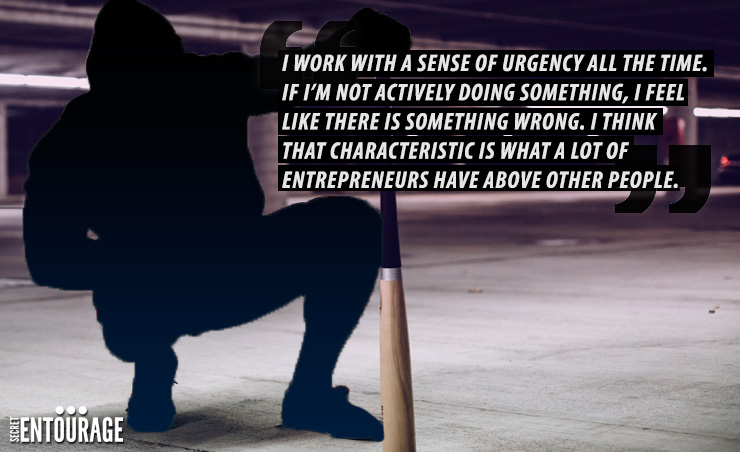
Before Live Fit was born, I came from a clothing and retail background. I used to own many brands, including a few ski brands.
I started in high school, but it just never worked out. I did personal training for about seven years, and during that time I still made t-shirts and designed for fun. I made apparel for my clients, and it just eventually merged together.
I capitalized off of the booming fitness industry while social media was blowing up too. Once I started getting on Instagram, I actually connected with the right people and started marketing it like a skate brand.
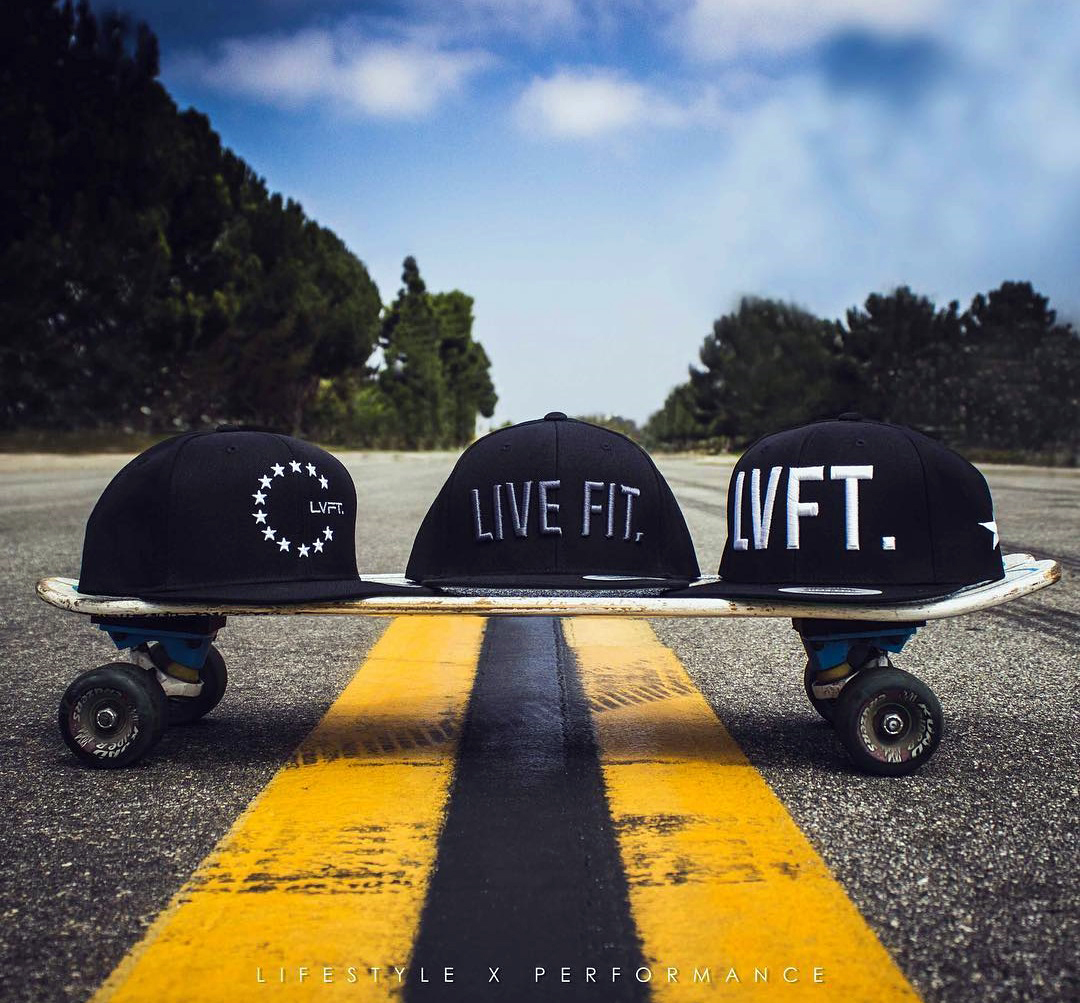
When I was about 13 or 14 years old, I joined a band and went on tours. As a band, we needed to make some money, so we started producing merchandise for our fans.
Seeing the success from selling t-shirts, hats, and other apparel, I decided to start my own brand at the age of 14 or 15 years old.
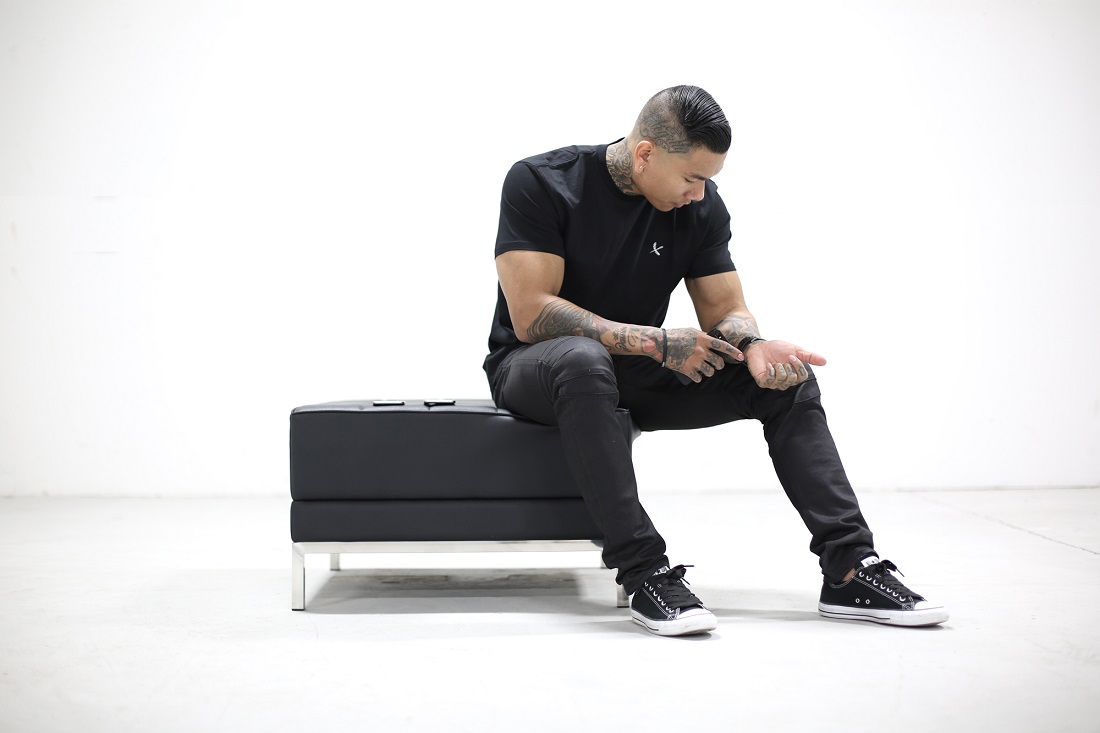
I slacked off during college and saw all my friends become successful while pursuing their dreams, so I decided to drop out and start doing the clothing thing again.
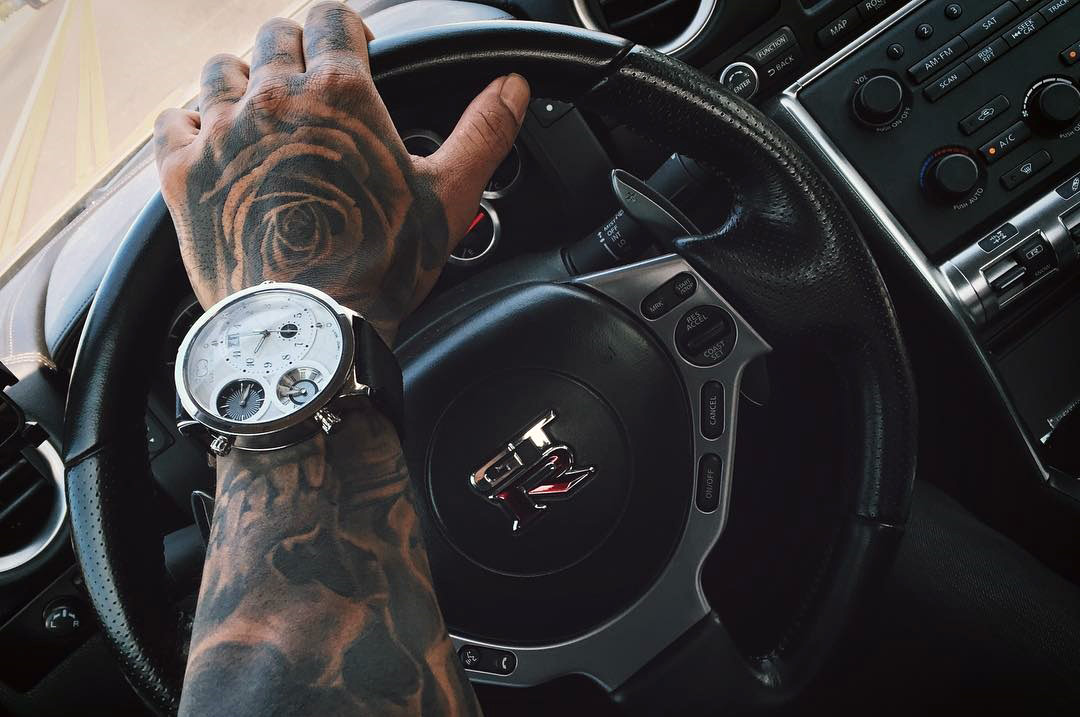
This is why I follow Secret Entourage, because I believe in the same concept when it comes to college.
I realized that I wasn’t learning anything that is useful in the real world. I also saw people graduating and not doing anything with their degrees. When you’re coughing up $30 – 40K on tuition and coming out shorthanded, it never made sense to me.
All of my personal training clients who were doctors, lawyers, and teachers told me to finish college. I decided that I wanted to risk it, drop out, and go 110%. It was the best decision I ever made.

When I was in college, I always kept my options open. It was never like I’m going to drop out and not have a path to take or goals to complete.
During my time in college, I owned a t-shirt store and was personal training. I had three full-time jobs and as a result, had a killer income while I was in college. I had options to fall back on, so I would just tell young entrepreneurs to keep their options open and don’t spend so much time indoors studying useless books.

Also, ask other people to mentor you if you like what they are doing. Don’t close your doors, because there’s a lot more to it than you think. From my experience, everything that society has told you is often false. It will teach you how to do taxes, but doesn’t teach you about real estate for example.
So you do research and get into real estate market and realize all the things like, “I wish I would have known this before.” It’s all business.

I don’t know if it was luck, but before Live Fit, I became somewhat of a local community figure, because I was doing physique and bodybuilding competitions at that time.
I promoted myself locally as a personal trainer and branded my personal training business, which was called RP Fitness. I used videos and professional photos, and I’m a graphic designer too so I did all the design.

I created a social media page just for Live Fit with clothes and cool designs, and it just grew organically that way.
We also used YouTube and Tumblr, which was pretty big for us back then since a lot of our content was visuals. We shot a lot of content at the beach and themed it as eye candy for people.

When I was going to school, I also owned a t-shirt shop selling $5-10 shirts. I was also personal training and running Live Fit on the side. It came to a point where I would go to work, train a couple of my clients, go to my other work (which was the shop), and then go to the 1,000 sq. ft. warehouse that I rented to go pack orders for Live Fit.
Don’t get me wrong though; during this time I was killing it personal training, making a six-figure income working about four hours a day. It was really hard to give that up, but when you’re doing online business with sales, it’s infinite.

I gave all my personal training clients away to the trainers who were working under me at the time, and that was a very hard decision for me. I told my t-shirt store business partner that I was quitting to pursue something else, and I dropped out of school. It wasn’t an overnight thing; I had to see the money stacked up first to make sure this was secure.

Right now, I have my hands in a lot of the departments, actually every department, but when I first started out at the warehouse, I hired my friend who was 16-years-old. He worked for me at the t-shirt business, and so I brought him on to help me pack orders. I still did the tracking and designing. Then I hired another person, a girl who had experience from Apple, so she knew the management side of inventory and logistics.
We were a three-army business for about five months until I started bringing on other people, like an assistant. I didn’t know specifically what everyone’s roles were, because we were a startup and it’s part of building a business. We just slowly figured it out as time went on.
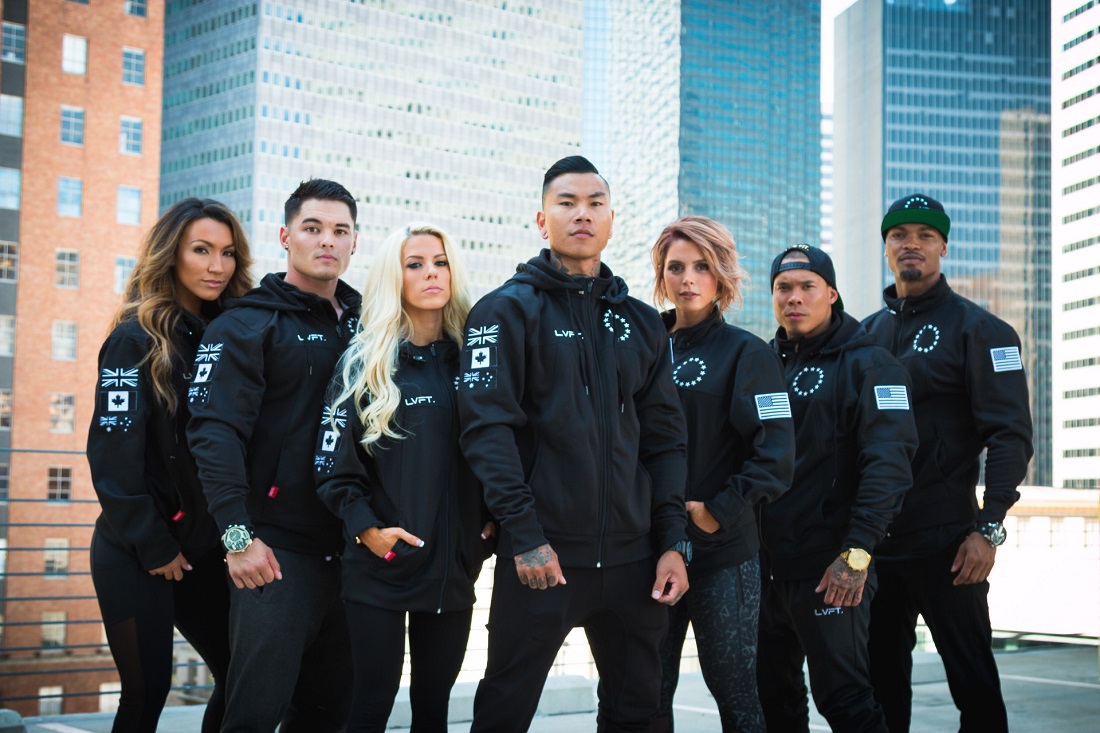
Definitely what it stood for. I tell people all the time that I’m just selling t-shirts, but it’s the belief of the product because I believe in my product. I believe my t-shirt is better than other t-shirts not because of the cotton, not because of the fabric, but because of what it stands for.
I found Instagram influencers who later became athletes of mine who believed in my product just as much as I did. I think that’s a pretty big role, because if you believe in something then it’s going to rub off on other people. At the end of the day, everything in this world has competition, so it’s all about the branding too.

It was probably all the experience that I’ve gained over the years. I gained all that knowledge, so now I know who to use, whom not to use, and all my connections are there.
Also I am a workaholic; I work with a sense of urgency all the time. If I’m not actively doing something, I feel like there is something wrong. I think that characteristic is what a lot of entrepreneurs have above other people. I think that drive has really helped me a lot.

It’s a combination of all those three that you said. First, it’s the designs and the concepts. Secondly, we’re a direct consumer type of business. Obviously now we have about 100 retail stores worldwide carrying our brand, but 99% of our business still to this day comes from online sales. The margins are killing it. Finally, the athletes that we sign on are a tight knit group.


It happened gradually, because the first design that I put out was my personal training shirt, which is still being sold today online. It says RP Fitness, Long Beach California on the back. When I first started selling that shirt, I was selling them to make my money back and once I did that, I invested that money into the next batch.

We’re not like a store where we’re in a local community, and the same people come in and out. We’re on a social media platform where there are millions of new people everyday seeing our products. So even when I launch new designs, I’m not dropping the old designs. I’m only dropping designs that don’t do well.
The best thing about social media and online sales is that you get to test your market first. You can start with a small inventory and see how it does. If it doesn’t do well, then you can save your money. If it does great, then boom, invest, and pour it out.



Yes, a lot of things. Obviously now that the company is bigger, I had to learn all the HR stuff, tax filing, etc. One thing I wish I had known before is dealing with people’s behaviors and just being more cautious about people’s emotions and things like that.
Also, I definitely pulled back on saying a lot of things I would’ve said back then, because I had to be professional and be the face of Live Fit.

I have some strong beliefs in some areas, but I don’t hold back that much. If people can’t accept that, then they’re not ready for the real world. I’m still trying to be as real as I can, because a lot of people need a reality check.

It’s never too late. What I’ve seen a lot of startups do wrong is not realizing that fact. I consider myself to be an artist as well, so I know if something will be aesthetically pleasing to the general population. If you can’t recognize that and can’t take constructive criticism, then you’re not ready for this business because the consumers are the ones who will make or break you.

Also, I’ve seen several clothing lines make the mistake of pricing their products a little too low online. It may be good margins for them, but if retail stores start approaching you, then you don’t have any margins to play with. So I always do a 100% markup, making sure if a wholesale account does approach me that I can still double my money.

I don’t really pay attention to them. All these other lines I’m talking about are people who have approached me for my feedback. I actually look at big brands that are in retail stores and see what they are doing, because I feel that what we are doing is unique. We’re attacking the wholesale side a little stronger this year.
We’re playing it backwards. Normally, when a clothing line starts they try to get the accounts first from stores where people spend a good amount of money. We went straight for the consumer first, and now the stores are fishing for us. They’re behind on social media and see our brand on social media with a strong following. That gives me the leverage to require them to hit certain minimums if they want us in their stores.

I don’t think I would have done it much differently, but I wish I had taken shortcuts like making the videos and behind the scenes content the way we do now.


Experience and live life. When I say that, I don’t mean taking a vacation and living in the Bahamas or anything like that. Observe and see how the world works around you. I want people to understand that this world runs off of business. We live in a monetary system.
So wherever you go, like a busy club for example, try to observe how they’re making money. That’s the kind of mindset I have; and the more you’re out doing these types of things, the more you’re going to see different personalities and different businessmen. And always keep your options open too.



